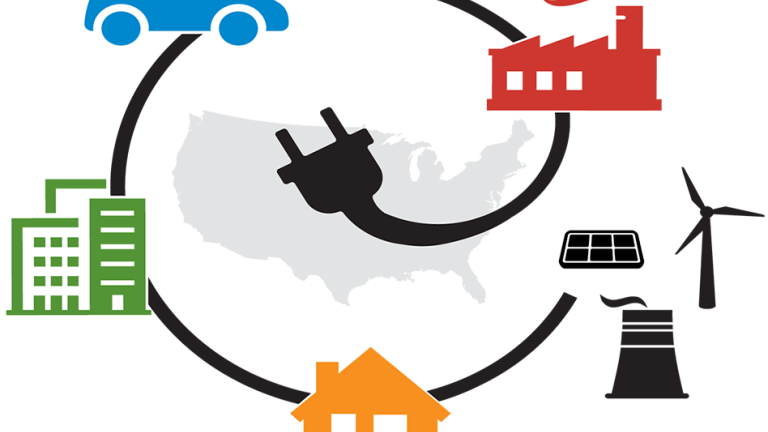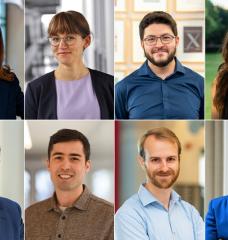
Photo Credit
NREL
MIT Joint Program Co-Director Emeritus John Reilly lays out 'doable and affordable' policy roadmap (The Conversation)
LINK: https://theconversation.com/heres-how-to-meet-bidens-2030-climate-goals-and-dramatically-cut-greenhouse-gas-emissions-with-todays-technology-185263






